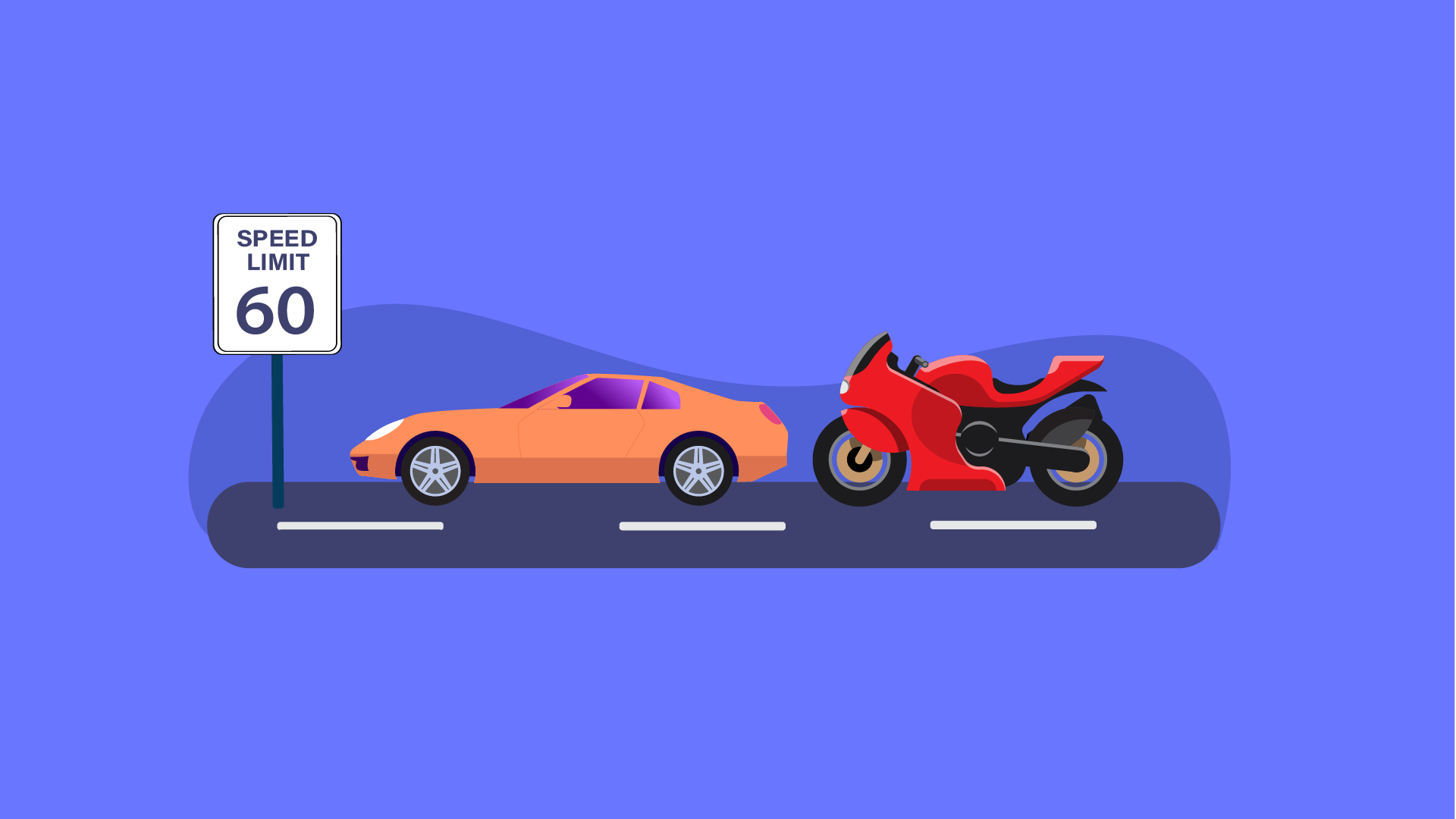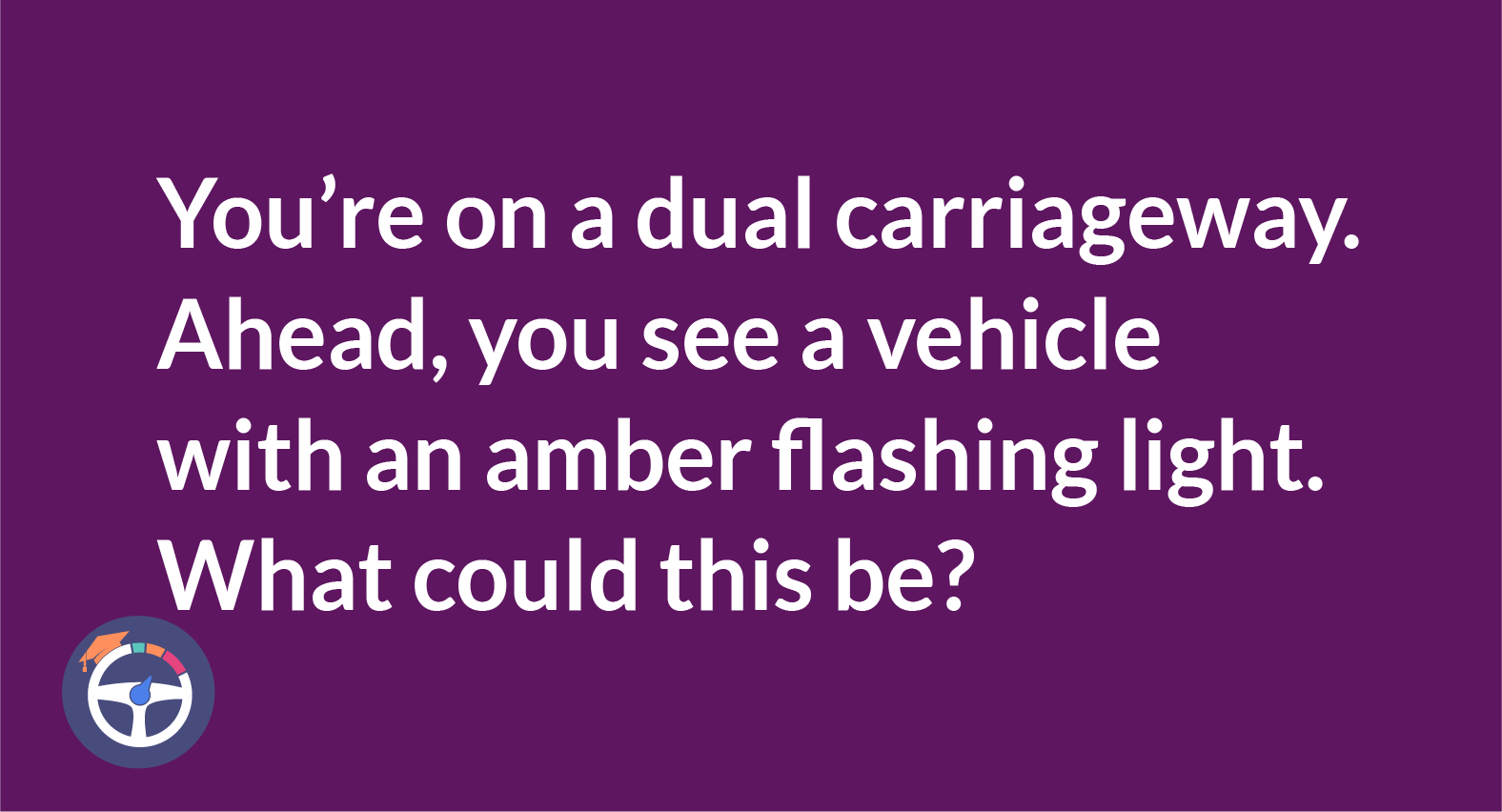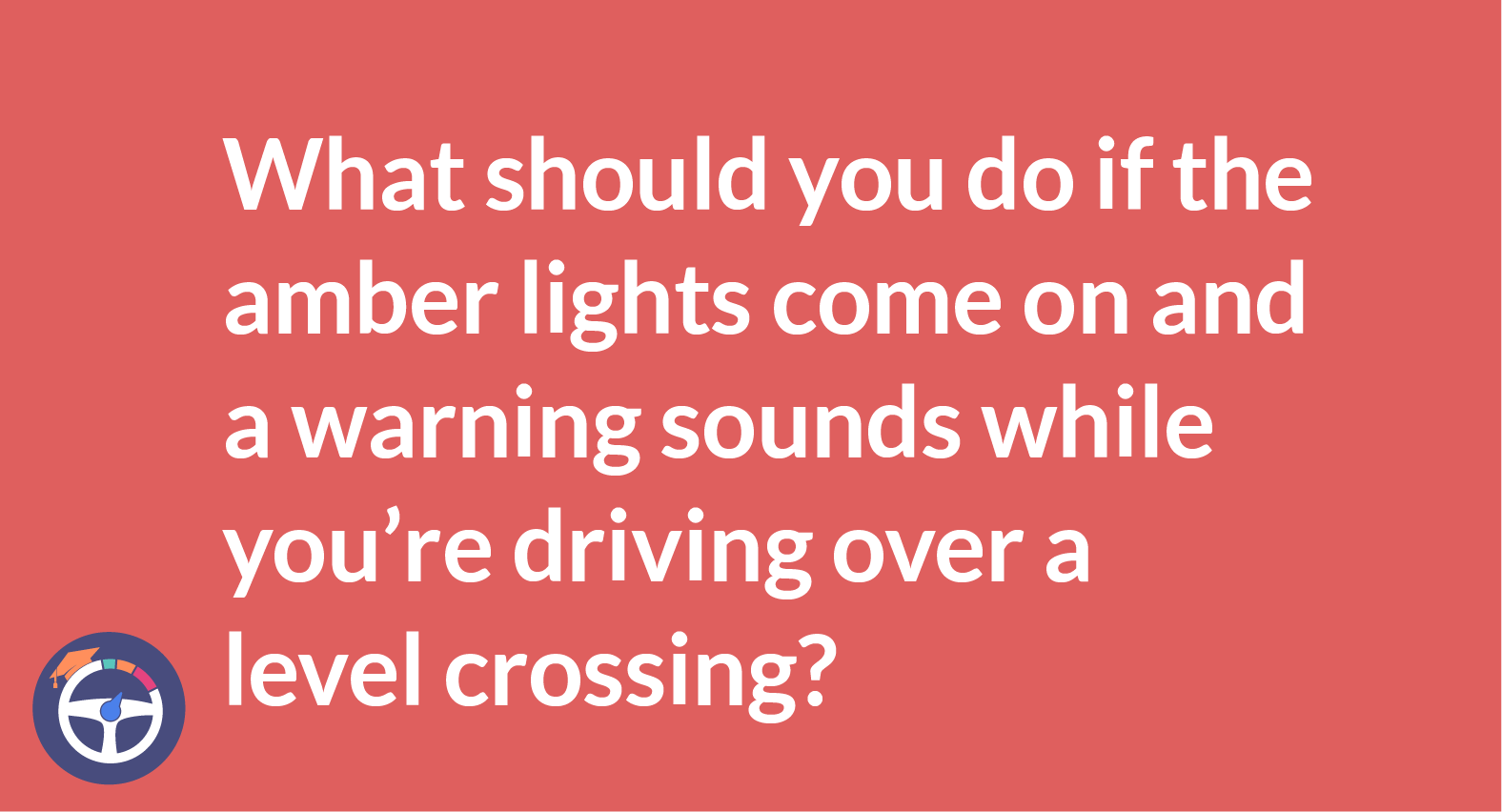What is the National Speed Limit On A Single Carriageway?
The national speed limit on a single carriageway road for cars and motorcycles is 60 mph. Driving at the national speed limit does not permit you to occupy the right-hand lane unnecessarily. Always opt for the left-hand lane when possible. As you approach a motorway exit, merge into the left-hand lane well in advance, and remember to decrease your speed on the slip road while being cautious of sharp bends and potential traffic congestion at roundabouts.

Contents
- The Basics of Single Carriageway Roads
- General Speed Limits: Know Your Boundaries
- The Need for Caution: Speed Limits on Single Carriageway Roads
- Adjusting Speed for Real-World Conditions
- Speeding Fines: The Consequences of Ignoring Limits
- Practical Tips for New Drivers on Single Carriageway Roads
- Focus on the Road Ahead
- Use Mirrors Regularly: Stay Informed
- Overtaking Safely: Choose Your Moments
- Adapt to the Road's Curves: Slow Down
- Respect Other Road Users: Share the Road
- Plan Your Journey: Allow for Delays
- That’s A Wrap!
- FAQ
As a new driver hitting the roads in the UK, it's crucial. Familiarize yourself with the national speed limits to ensure safe and responsible driving. These limits serve as essential guidelines, promoting safety and responsible driving. In this guide, we'll focus on the speed limits for cars and motorcycles on single carriageway roads. Single carriageway roads are the backbone of our road network.
The Basics of Single Carriageway Roads
Single carriageway speed limit roads connect towns and cities. It serves as essential transportation arteries for local and regional travel. These roads offer drivers picturesque views. It allows them to appreciate the scenic beauty of the landscapes they traverse.
Unlike multi-lane highways, single carriageway roads consist of a single lane in each direction. Navigating single carriageway roads demands a nuanced approach. That's why drivers must adapt to the limitations of a single lane and plan for overtaking when necessary.
General Speed Limits: Know Your Boundaries
Before going into specifics, it's essential to grasp the overarching national speed limits on single carriageways in the UK. Urban roads typically have a speed limit of 30 mph. On the other hand rural roads vary between 50 mph and 60 mph, depending on the presence of streetlights. For single carriageway roads without street lights, different rules apply.
The Need for Caution: Speed Limits on Single Carriageway Roads
On single carriageway roads, the national speed limit for cars and motorcycles is 60 mph. This speed limit is designed to strike a balance between allowing smooth traffic flow and ensuring safety. However, it's crucial to recognize that this limit isn't a mandatory target. It's the maximum permissible speed under optimal conditions.
Adjusting Speed for Real-World Conditions
New drivers must remember that road conditions can change rapidly. Factors like weather, visibility, and road maintenance can significantly impact your ability to drive safely. Always be prepared to adjust your speed accordingly. Never hesitate to drive below the speed limit when conditions demand caution.
Rainy Days
In heavy rain, roads can become slippery. Adjust your speed to maintain control and prevent hydroplaning.
Foggy Weather
Reduced visibility is a challenge in fog. Slow down to ensure you can react to unexpected obstacles or changes in traffic.
Icy Surfaces
In cold temperatures, watch out for icy patches on the road. Drive below the speed limit to minimize the risk of skidding.
Road Construction
Construction zones may have uneven surfaces. Reduce your speed to navigate these areas safely, avoiding potential hazards.
Speeding Fines: The Consequences of Ignoring Limits
As a new driver, it's tempting to test the limits of your newfound freedom on the road. However, exceeding the speed limit comes with serious consequences. This includes fines, penalty points on your license, and potentially even legal action. It's not just about avoiding trouble – it's about keeping yourself and others safe.
National limits are just the foundation! Keep an eagle eye out for posted signs in temporary roadworks, school zones, or other special areas. These local limits take precedence, so adjust your speed like a chameleon blending into its surroundings. Think detour signs and school crossing zones.
1. Heavy Vehicle Houdini Act
Sharing the Road with Big Rigs! Trucks and buses have their own slower pace on the road. They operate at 50 mph/80 km/h on dual carriageways and 40 mph/64 km/h on single carriageways. Be patient, give them ample space, and remember, they're not exactly ballet dancers on wheels. Think of it as a respectful waltz, with you giving them the lead.
2. Variable Speed Limit Chameleon
Adapting to the Flow! Some motorways have these fancy signs that change the speed limit based on traffic. Just follow their lead – they're your real-time traffic compass, guiding you through the ever-changing currents of the road. Think of dynamic signs that adjust to traffic flow.
Practical Tips for New Drivers on Single Carriageway Roads
Now that we've covered the basics, let's discuss the practical tips for new drivers:
Focus on the Road Ahead
Maintaining a high level of attentiveness is crucial. Scan the road for potential hazards, pay attention to road signs, and anticipate changes in the road layout.
Use Mirrors Regularly: Stay Informed
Your mirrors are your allies. Regularly check them to be aware of your surroundings. This is especially important on single carriageway roads where overtaking might be necessary.
Overtaking Safely: Choose Your Moments
Single carriageway roads often require overtaking slower-moving vehicles. Exercise caution, ensuring you have good visibility. Use designated overtaking lanes when available.
Adapt to the Road's Curves: Slow Down
Single carriageway roads can be winding, with twists and turns. Reduce your speed when approaching curves to maintain control and avoid surprises.
Respect Other Road Users: Share the Road
Be considerate of other drivers, cyclists, and pedestrians. Give ample space to cyclists. Be patient with slower-moving vehicles. Especially in areas where overtaking might be risky.
Plan Your Journey: Allow for Delays
Factor in extra time for your journey. Single carriageway roads may have unexpected delays due to roadworks or heavy traffic. Planning ahead reduces the pressure to speed.
That’s A Wrap!
Understanding and respecting the national speed limit on single carriageway roads is important. It's not just a legal requirement – it's a commitment to your safety and the safety of others on the road. By embracing a cautious and responsible approach, you can enjoy the freedom of driving. Ensure a secure and enjoyable journey for everyone on the road.
FAQ
1. What's the maximum speed limit on single carriageway roads in the UK?
The national speed limit for cars and motorcycles on single carriageway roads is 60 mph.
2. Are there different speed limits for heavy vehicles on single carriageways?
Yes, trucks and buses operate at a slower pace. The speed limit for them is 40 mph/64 km/h on single carriageway roads.
3. How should new drivers handle road conditions like rain or fog on single carriageways?
New drivers should be prepared to adjust their speed. This is especially important in adverse conditions like heavy rain or fog. The goal is to ensure safe navigation.
4. What are the consequences of exceeding the speed limit on single carriageway roads?
Exceeding the speed limit can lead to fines, penalty points on your license, and potential legal action.
5. How do variable speed limits on some motorways affect drivers?
Variable speed limits change based on traffic flow. Drivers should follow these signs as they act as real-time traffic guidance on the road.


